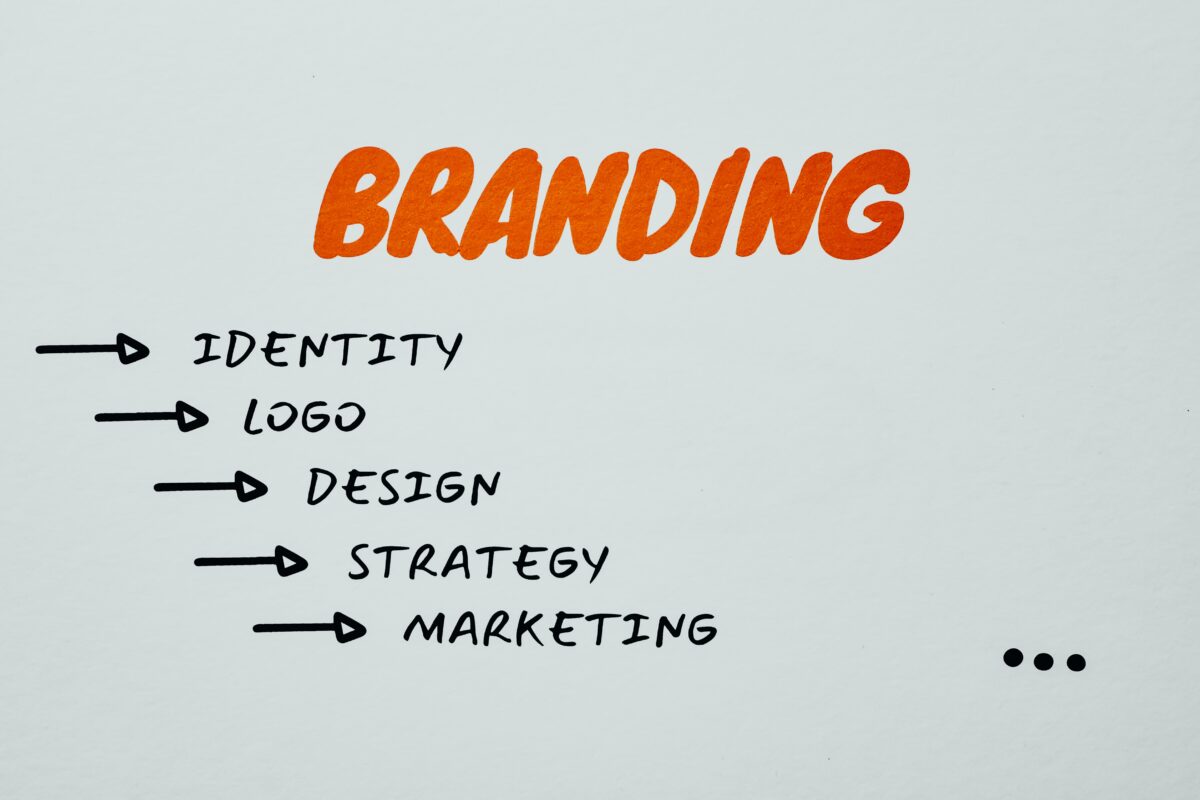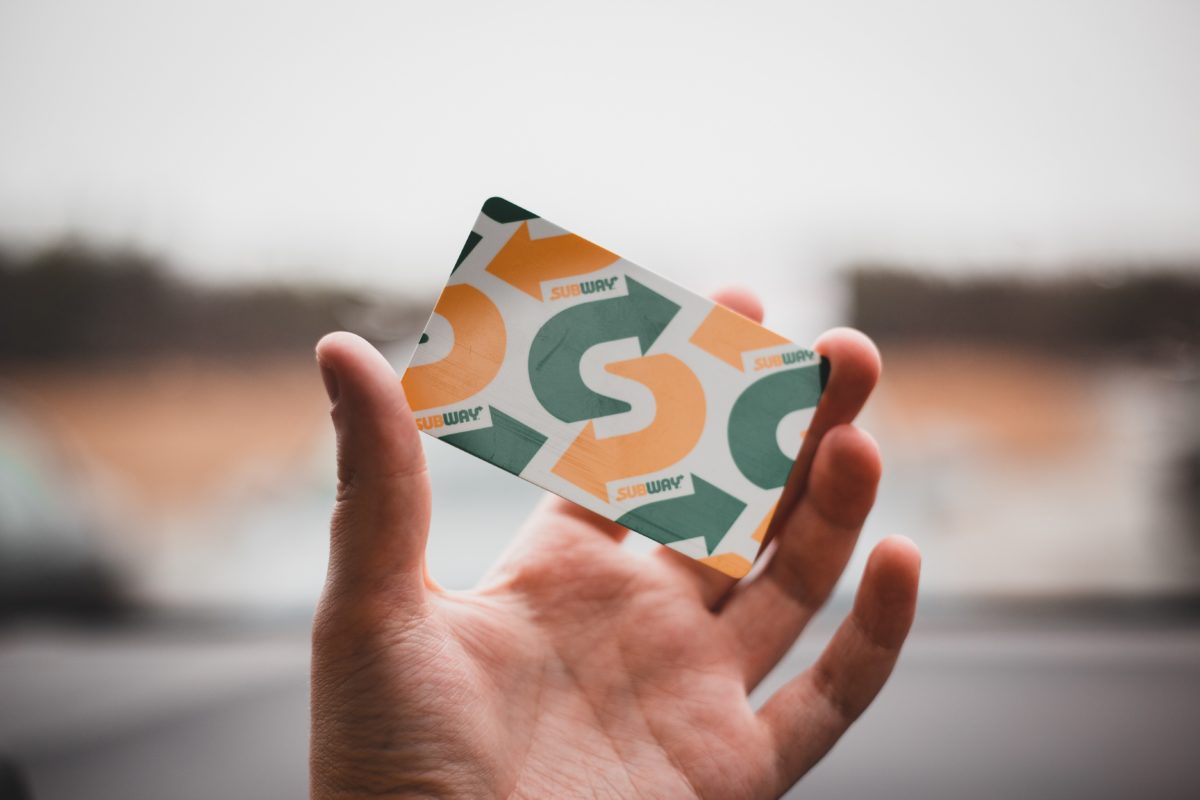In today’s digital landscape, people are bombarded with so much information from various directions. In Donald Miller’s book Building A Story Brand, Miller states, “Story is the greatest weapon to combat noise.” He explained that the story organizes information that compels people to listen. Online … Continue reading “Online storytelling: The intersection of branding and marketing”
5 ways to use SMS text marketing for customer retention
SMS text message marketing is a great way to reach mobile-first consumers, but you can use it to boost your customer retention rate as well. Customer retention refers to the rate at which customers stay with a business for a given period of time. Increasing … Continue reading “5 ways to use SMS text marketing for customer retention”
5 signs that your branding is broken
Your brand is your business’s identity. So, your branding is the reflection and culmination of your business’s personality, appearance, voice and overall vibe. It takes about seven seconds for consumers to make an instant decision about whether or not they like and trust your brand. … Continue reading “5 signs that your branding is broken”
6 ways to grow consumer trust (and your resulting sales)
Consumer trust matters. As a business, it’s in your best interest to invest resources into building trusting relationships with potential and current customers. Consumers do hold businesses to certain standards and want to build relationships with the ones that they believe in. They don’t want … Continue reading “6 ways to grow consumer trust (and your resulting sales)”
6 tips to boost your customer referrals
Businesses invest a lot into marketing efforts that bring in new customers, but what are you doing to increase your customer referrals? With more than 2.4 million brand-related conversations happening in the U.S., consumers are obviously already talking about their experiences with brands, for better … Continue reading “6 tips to boost your customer referrals”
5 tips to successfully promote your loyalty rewards program
Regardless of whether you’re about to launch a loyalty rewards program or already have an existing one, promotion is everything. Loyalty rewards programs can help grow your business. In fact, consumers who engage in high-performing loyalty programs are twice as likely to increase their frequency … Continue reading “5 tips to successfully promote your loyalty rewards program”
6 tips to create brand loyalty for your business
While attracting new customers will always matter, you can’t forget about your existing customers (and building up their loyalty to your brand). Just a 5 percent increase in customer retention can lead to at least a 25 percent increase in profit. Fortunately, while consumers do … Continue reading “6 tips to create brand loyalty for your business”







